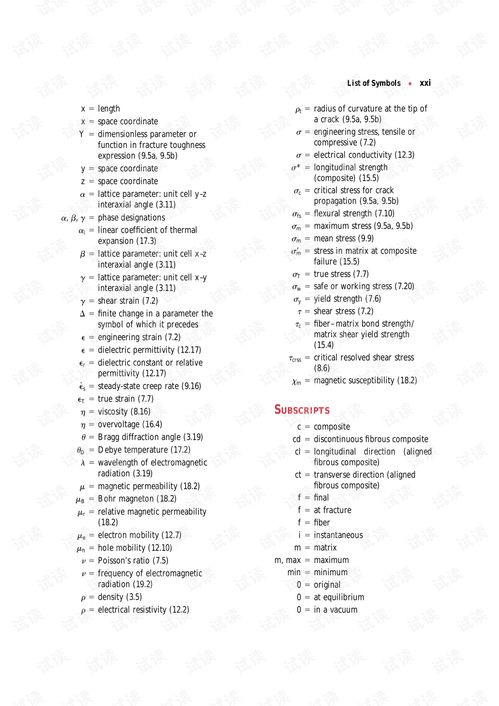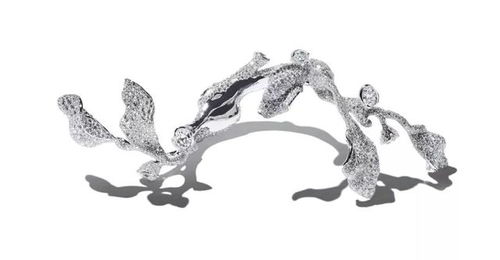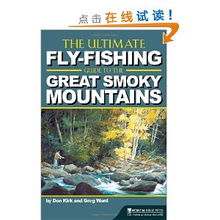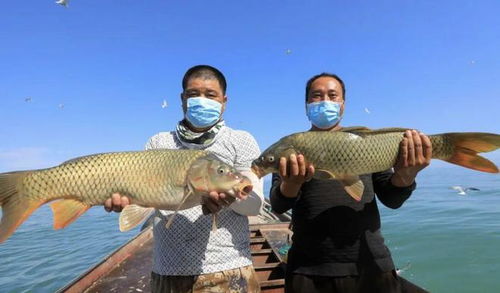Content:
In the serene world of aquaculture, the harmonious coexistence of ducks and fish can lead to a highly productive and sustainable farming venture. For those who are passionate about daily angling and wish to extend their hobby into the realm of farming, the art of cultivating both duck and fish can be both rewarding and challenging. Here, we delve into the essential tips and techniques for mastering the delicate balance between these two aquatic companions.
Understanding the Basics
Before diving into the specifics of raising ducks and fish together, it's crucial to understand the basic needs of each species. Ducks are omnivorous, requiring a diet that includes both plant-based and animal-based foods. Fish, on the other hand, are primarily carnivorous or omnivorous, depending on the species, and need a diet rich in proteins.
Choosing the Right Species
The first step in successful duck and fish farming is selecting the appropriate species for your environment. Here are some popular choices:
- Ducks: Pekin ducks, Khaki Campbell ducks, and Muscovy ducks are common choices for aquaculture due to their adaptability and productivity.
- Fish: Tilapia, catfish, and carp are popular for their fast growth rates and ability to thrive in a variety of water conditions.
Creating an Ideal Habitat
The habitat for ducks and fish should be designed to accommodate the unique needs of each species. Here are some key considerations:
- Water Quality: Ensure the water is clean and well-oxygenated. Regular water quality tests are essential to maintain a healthy environment.
- Space: Provide ample space for ducks to roam and fish to swim. The ratio of water to land should be adjusted based on the species and their growth stages.
- Shelter: Ducks need a dry, warm place to rest and lay eggs. Fish require shade to protect them from excessive sunlight.
Feeding and Nutrition

Proper nutrition is vital for the health and productivity of both ducks and fish. Here are some feeding tips:
- Ducks: Offer a balanced diet that includes grains, vegetables, fruits, and insects. Supplement their diet with commercial duck feed to ensure they receive all necessary nutrients.
- Fish: Provide a diet rich in proteins, such as fish meal, soybean meal, and blood meal. Use commercial fish feed formulated for the specific species you are raising.
Daily Management
To ensure the success of your duck and fish farm, daily management is essential:
- Monitoring Health: Regularly check for signs of illness or stress in both ducks and fish. Early detection can prevent the spread of diseases and improve overall health.
- Water Circulation: Maintain good water circulation to prevent the buildup of waste and to ensure adequate oxygen levels.
- Cleaning: Keep the pens and ponds clean to prevent the buildup of algae and other contaminants.
Integrating Angling with Farming
For those who are passionate about angling, integrating this hobby with farming can be a delightful experience. Here are some tips:
- Duck-Friendly Baits: Use natural baits that ducks find appealing, such as corn or peas, to attract fish.
- Fish-Friendly Lures: Use lures that are safe for fish and won't harm them during the angling process.
- Respectful Angling: Always release fish back into the water after catching them, ensuring they have the best chance to survive and grow.
Conclusion
Mastering the art of duck and fish farming requires patience, knowledge, and a deep understanding of the needs of both species. By following these tips and techniques, daily angling enthusiasts can turn their hobby into a fulfilling farming venture. Remember, the key to success lies in creating a balanced and harmonious environment where both ducks and fish can thrive. With careful management and a passion for the water, you'll be well on your way to a productive and enjoyable duck and fish farm.












